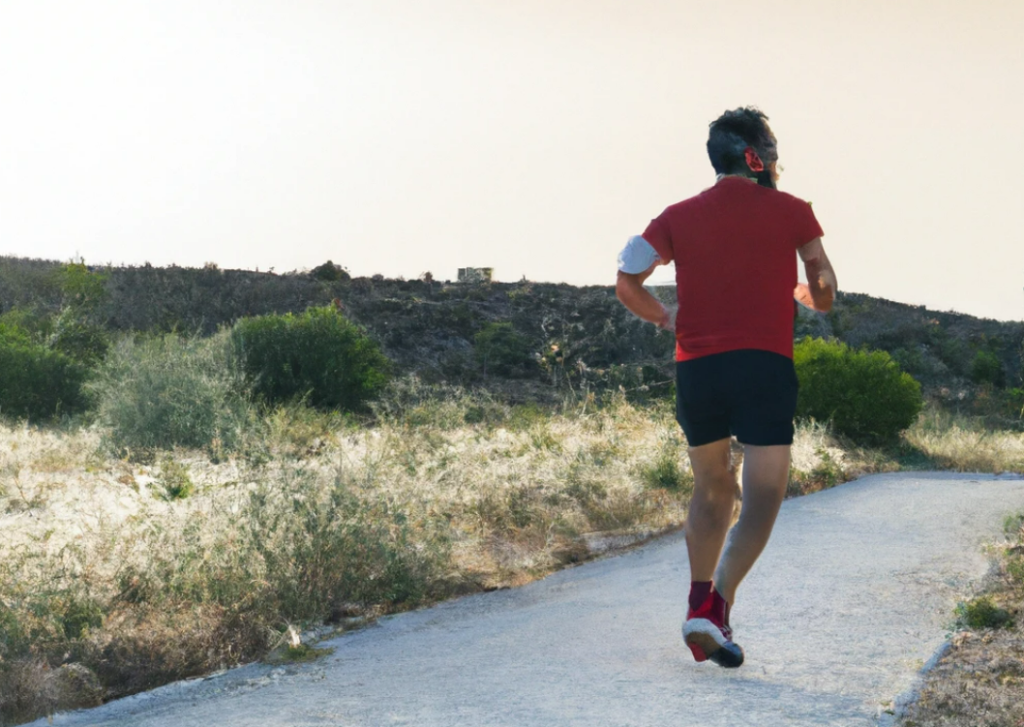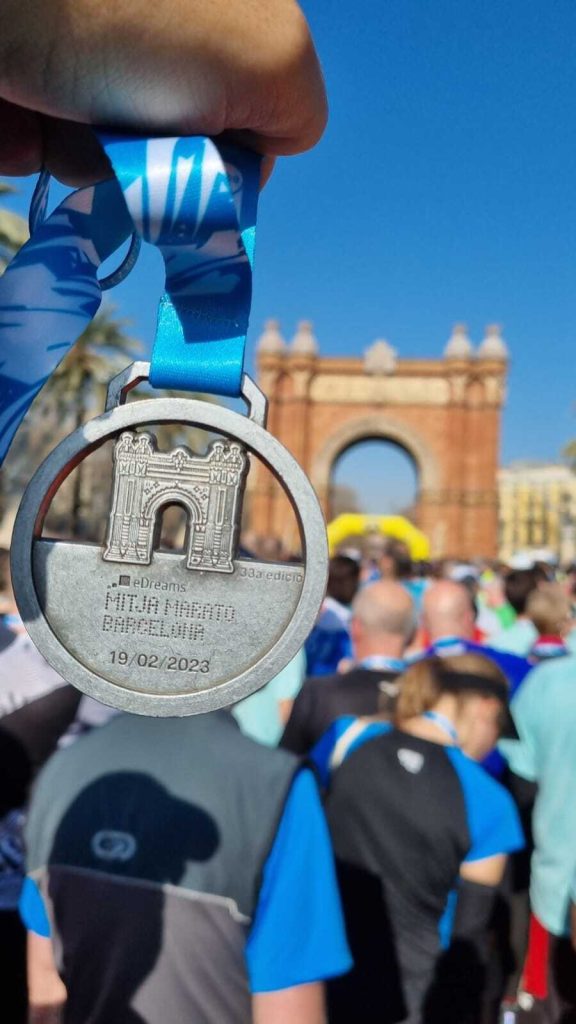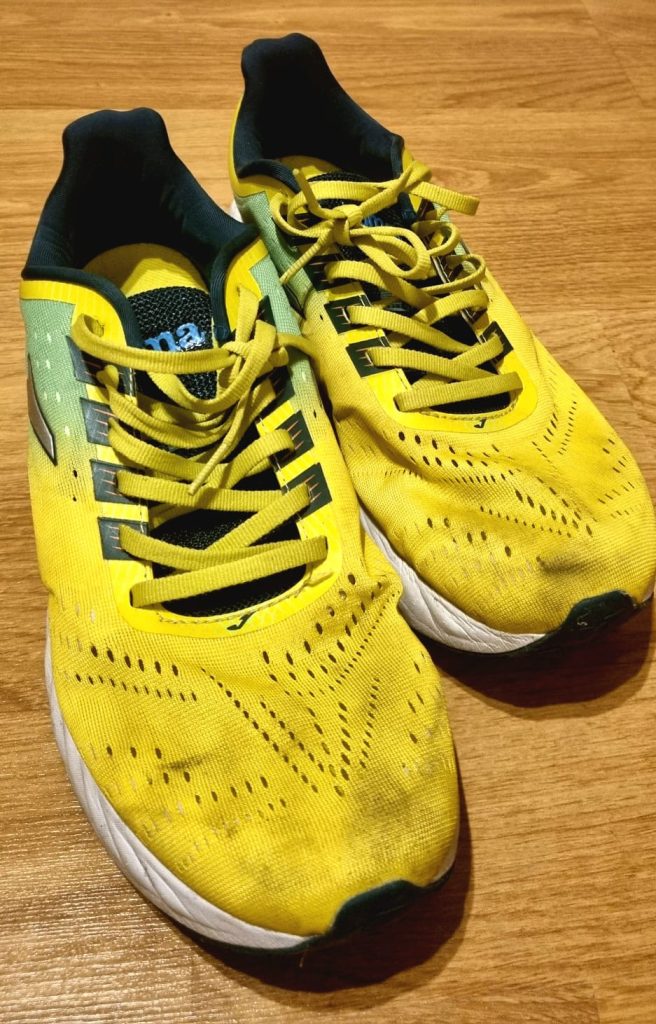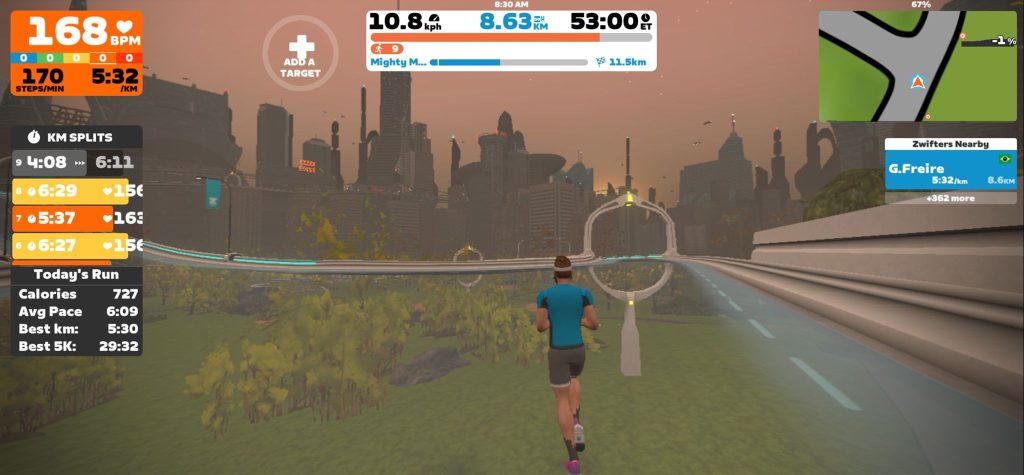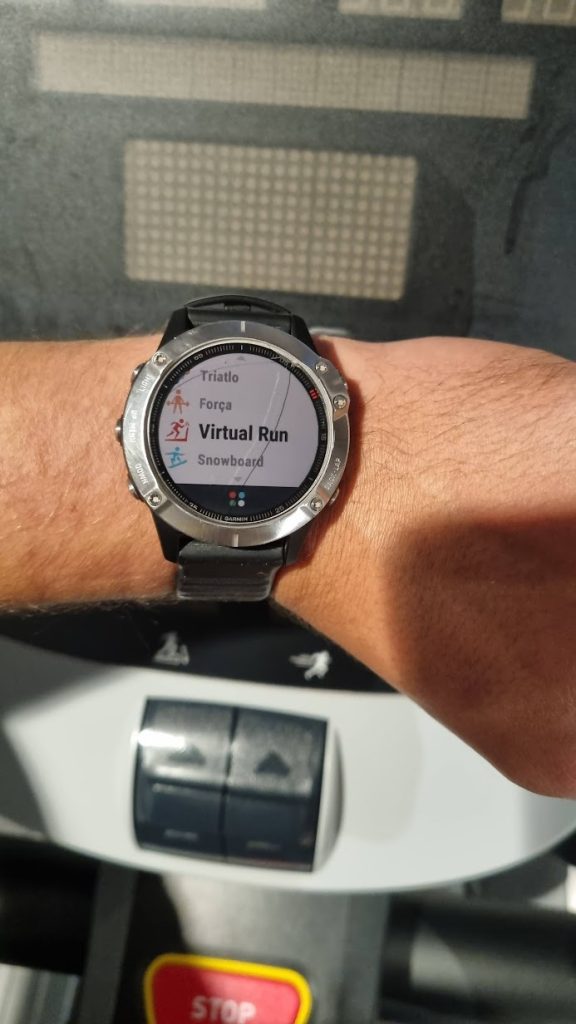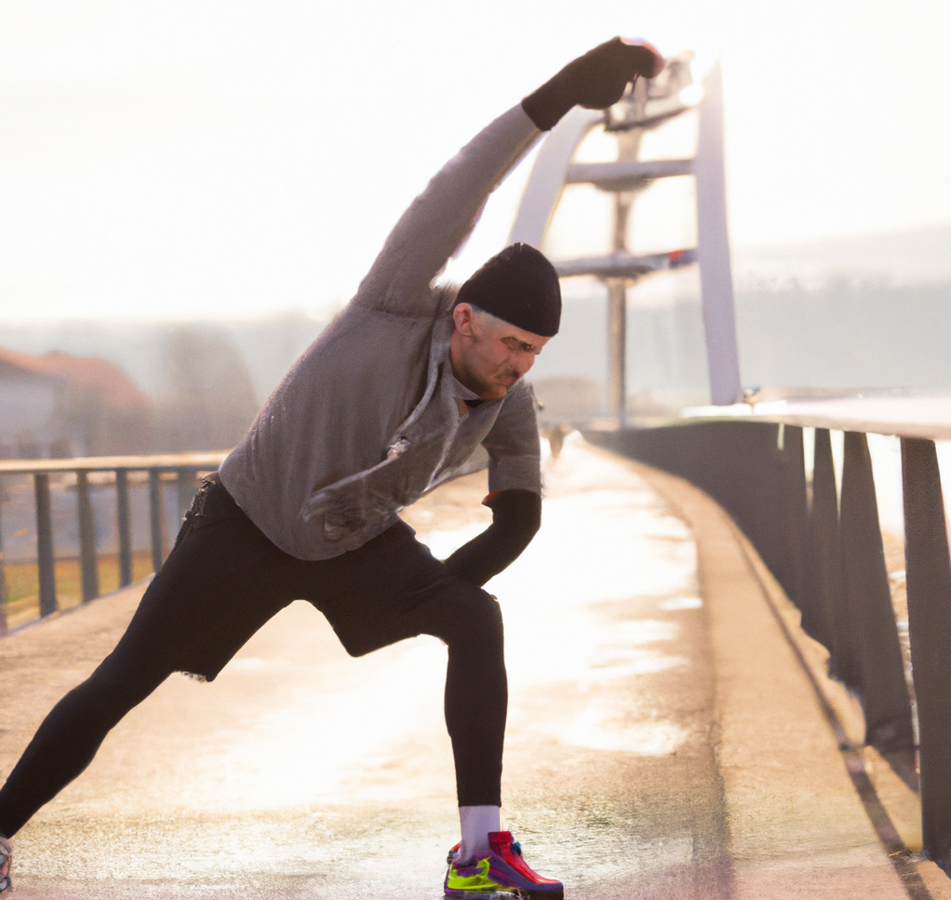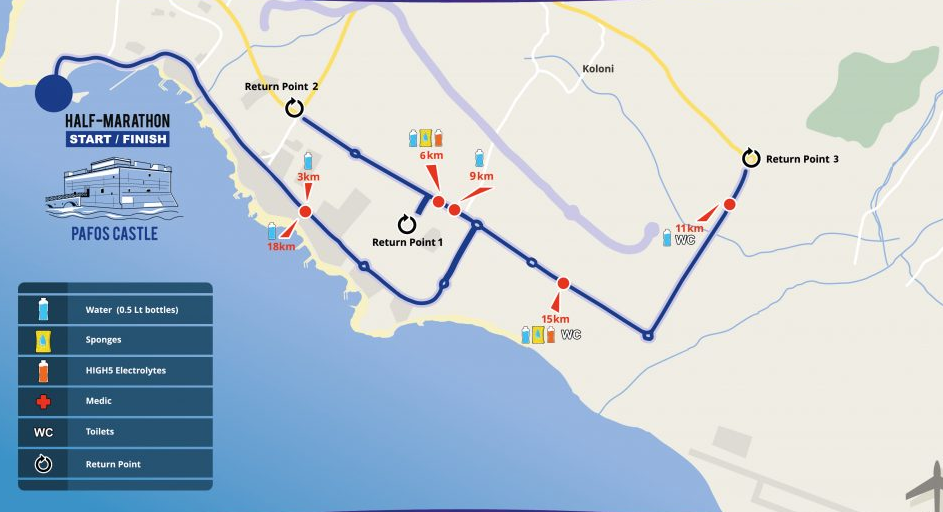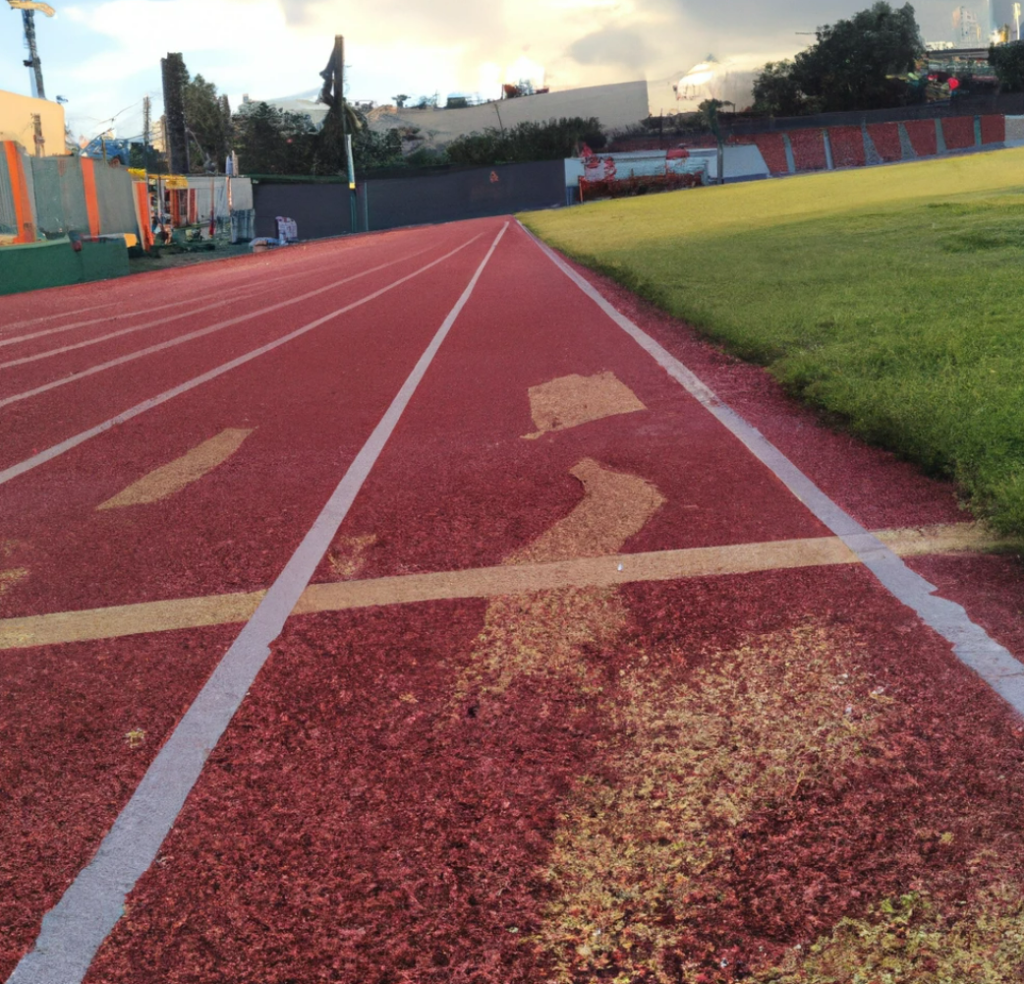Hey there, fellow runners! Have you ever felt that exhilarating rush of mastering a new challenge? Well, if you’re looking to take your endurance and performance to the next level, our latest blog post on Running with Joe is just what you need. It’s all about ‘Master Open Water Training,’ a game-changer that can seriously boost your fitness journey. Imagine gliding through open water with confidence, each stroke powering you towards your goals. Sounds amazing, right?
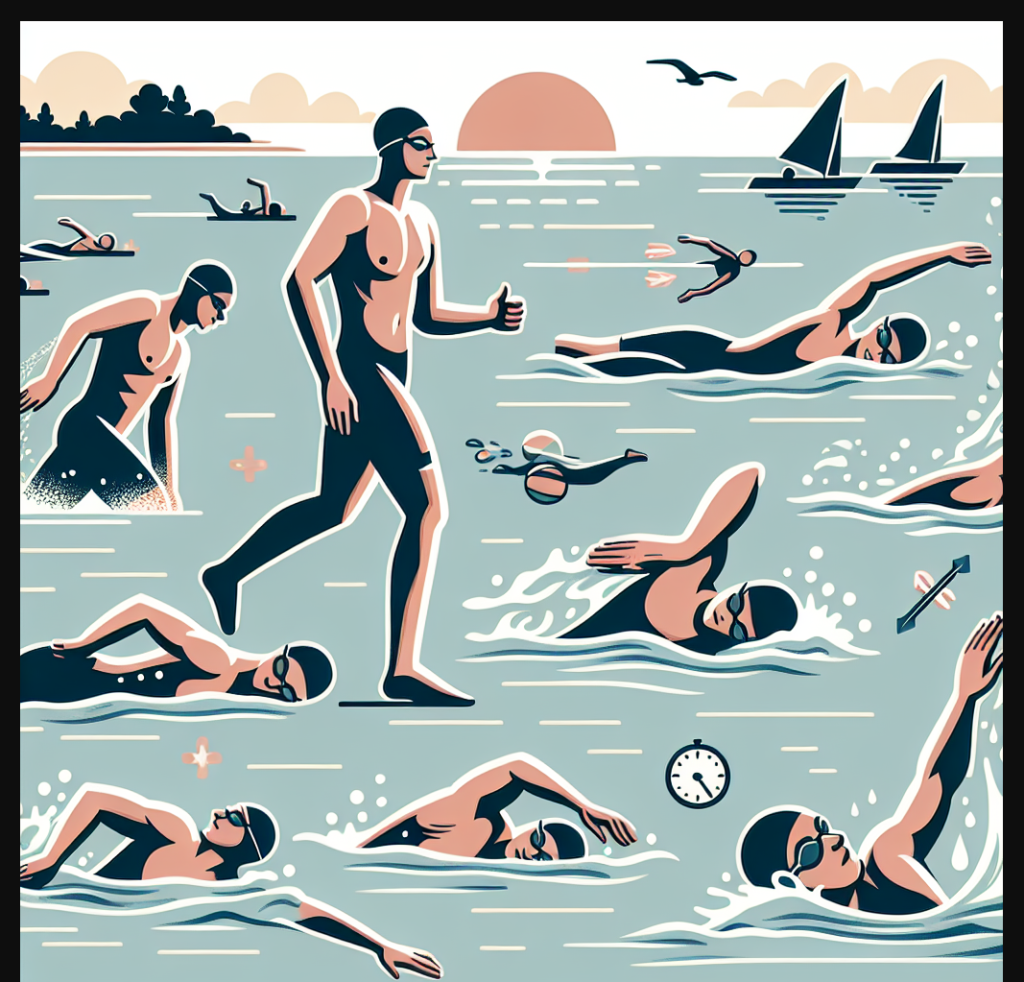
Whether you’re a seasoned marathoner or just starting out, open water training offers unique benefits that can enhance your running performance. I remember my first open water session – the nerves, the excitement, and finally, the sense of achievement. Trust me, it’s an experience you won’t want to miss. So, grab your goggles, and let’s dive in together to explore how this training can transform your running game!
Introduction to Open Water Training
Hey there, water warrior! If you’ve been sticking to the pool for your swim workouts, it’s time to dive into the exhilarating world of open water training. Trust me, it’s a game-changer that can significantly boost your endurance and overall performance. Picture this: the sun glistening on the water, the gentle sound of waves, and the freedom to swim without the confines of pool walls. Sounds amazing, right? But before you jump in, let’s chat about how to get started with open water training.
First off, it’s important to know that open water swimming is a different beast compared to pool swimming. You’ll need to adapt to factors like currents, waves, and varying water temperatures. Embracing these challenges can make you a stronger and more versatile swimmer. Here’s a little tip: start in a calm lake or a slow-moving river to ease into the experience. Once you’re comfortable, gradually move to more challenging environments like the ocean.
Now, let’s talk about the gear. You’ll need a well-fitting wetsuit to keep you warm and buoyant, especially in colder waters. Don’t forget a bright swim cap to make yourself visible to boats and other swimmers. Goggles are a must, but make sure they have UV protection and anti-fog features for those sunny, misty days. And if you want to track your progress, consider investing in a waterproof GPS watch.
As you venture into open water, it’s crucial to focus on your technique. Unlike the pool, you won’t have lane lines to keep you straight. Practice sighting by lifting your head every few strokes to check your direction. Work on bilateral breathing to adapt to waves and currents coming from different sides. And remember, consistency is key. Incorporate open water swims into your training routine regularly to build confidence and improve your endurance.
Ready to take the plunge? Open water training can be an incredibly rewarding experience that not only enhances your swimming skills but also connects you with nature in a unique way. So grab your gear, find a buddy for safety, and dive into the adventure. Happy swimming!
Essential Gear for Open Water Swims
When it comes to open water swimming, having the right gear can make all the difference. Trust me, I’ve been there – battling through choppy waves with ill-fitting goggles is no fun! So, let’s make sure you’re fully equipped to tackle your next open water adventure with confidence.
First things first, a good pair of goggles is essential. Look for ones that offer a snug fit and anti-fog lenses. This will ensure you have clear vision throughout your swim, regardless of the water conditions. Next up, a wetsuit. Not only does it provide buoyancy and thermal protection, but it also streamlines your body, helping you glide through the water more efficiently. Make sure you choose one that fits well and offers flexibility in the shoulders and arms.
Don’t forget about a swim cap. It might seem like a minor addition, but it helps keep your head warm and makes you more visible to other swimmers and boats. Brightly colored caps are best for visibility. Another must-have is a buoy or swim safety device. These are fantastic for open water swimming as they not only enhance your visibility but also provide a floating rest stop if you need a break.
Here’s a quick checklist to get you started:
- Goggles with anti-fog lenses
- Well-fitted wetsuit
- Bright swim cap
- Swim buoy or safety device
- Waterproof watch or fitness tracker
Finally, consider investing in a waterproof watch or fitness tracker. These devices can help you monitor your swim time, distance, and even your heart rate, giving you valuable insights into your performance. Remember, the right gear not only enhances your safety but also boosts your confidence, allowing you to focus on improving your technique and endurance. Happy swimming!
Techniques to Improve Endurance
Improving your endurance in open water swimming can feel like conquering a new frontier. Remember your first long run? The mix of excitement and determination? Open water training brings a similar thrill, with the added bonus of enhancing your overall stamina and running performance. So, how do you get started on boosting your endurance? Here are some tried-and-true techniques that can help you glide through the water like a pro.
First off, consistency is key. Just like with running, regular practice in open water will build your stamina over time. Aim for at least two to three open water sessions per week. Start with shorter distances and gradually increase your time in the water. Incorporate interval training into your swims, alternating between high-intensity bursts and slower, steady strokes. This not only builds endurance but also mimics the varying pace of a race.
Another great technique is cross-training. Yes, you heard that right! Engaging in activities like cross-training can significantly boost your endurance. Incorporating strength training exercises, such as planks and squats, can enhance your core stability and leg power, making you a more efficient swimmer and runner. Don’t forget to work on your breathing techniques too. Proper breathing helps maintain a steady rhythm, reduces fatigue, and improves overall performance.
Here are some quick tips to keep in mind:
- Warm up properly: Always start with a gentle warm-up to prepare your muscles and avoid injury.
- Fuel your body: Stay hydrated and maintain a balanced diet rich in carbohydrates and proteins to fuel those long swims.
- Stay relaxed: Anxiety can sap your energy quickly. Practice mindfulness or meditation to stay calm and focused in the water.
By incorporating these techniques into your routine, you’ll find yourself not just swimming longer distances but also running stronger. So, dive in, stay consistent, and watch your endurance soar to new heights!
Safety Tips for Open Water Swimming
Swimming in open water can be an exhilarating experience, but it’s important to prioritize safety to ensure each session is both enjoyable and secure. To start, always swim with a buddy. Having a swimming partner not only makes the experience more fun but also provides an extra layer of security. If you’re new to open water swimming, consider joining a local swim group or club. They can offer valuable guidance and support, especially when navigating unfamiliar waters.
Before you dive in, take a moment to assess the environment. Check for any posted warnings or water quality reports, and be aware of the weather conditions. Strong winds and currents can make swimming more challenging and potentially dangerous. Additionally, familiarize yourself with the area. Know where to enter and exit the water safely and identify any potential hazards like rocks, boats, or marine life. Wearing a brightly colored swim cap can increase your visibility to others, which is crucial in open water settings.
Let’s talk about gear. A good wetsuit can provide buoyancy and thermal protection, making your swim more comfortable and safer. Don’t forget to use a swim buoy, especially if you’re training alone. It not only makes you more visible but also provides a floating rest stop if needed. Lastly, always let someone know your swim plan. Inform a friend or family member about where you’re swimming and how long you expect to be gone. This simple step can make a big difference in case of an emergency.
Here are a few more tips to keep in mind:
- Acclimate Slowly: If the water is cold, enter gradually to allow your body to adjust.
- Stay Hydrated: Even though you’re surrounded by water, it’s easy to forget to drink fluids. Bring a water bottle and hydrate before and after your swim.
- Practice Sighting: Regularly lift your head to spot landmarks or buoys to ensure you’re swimming in the right direction.
- Stay Calm: If you feel panicked, float on your back and take deep breaths until you regain your composure.
Remember, the key to mastering open water swimming is consistent practice and being mindful of your safety. By following these tips, you’ll not only improve your performance but also enjoy the peace and thrill that open water swimming offers. So, next time you head out, keep these safety tips in mind and make the most of your training!
Incorporating Open Water into Training
Now that we’ve covered the basics and geared up, it’s time to incorporate open water into your training routine. I know the idea of swapping the predictable lanes of the pool for the vastness of open water can be daunting, but trust me, it’s worth it! Open water swimming challenges your body in ways that pool swimming simply can’t. The varying conditions – from choppy waves to currents – force your muscles to adapt and work harder, ultimately boosting your overall endurance and strength.
One of the best ways to start is by gradually integrating open water sessions into your weekly schedule. Begin with shorter swims, focusing on getting comfortable with the environment. Pay attention to your breathing and stroke technique, adjusting them as needed to cope with the natural elements. Here are a few tips to help you ease into open water training:
- Start Slow: Don’t rush. Begin with shorter distances and progressively increase your swim time as your confidence grows.
- Buddy Up: Swim with a friend or join a local open water swimming group. Not only is it safer, but it also makes the experience more enjoyable.
- Practice Sighting: Unlike in a pool, you don’t have lane lines to guide you. Practice lifting your head periodically to sight and ensure you’re swimming in the right direction.
- Mix It Up: Incorporate different types of swims, such as interval training or long, steady swims, to keep your workouts varied and challenging.
Remember, the key is consistency. Just like with running, the more you practice, the better you’ll become. Before you know it, you’ll be gliding through open water with the same ease and confidence you have on the track. So, lace up those running shoes, grab your goggles, and dive into this new adventure. Your next PB might just be a swim stroke away!

